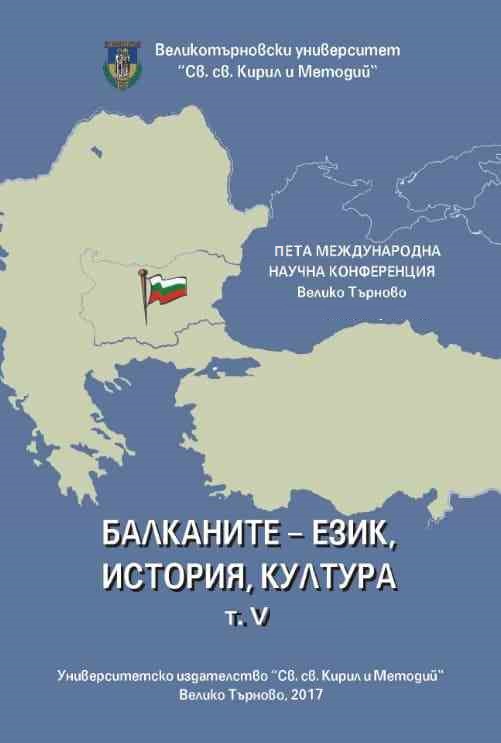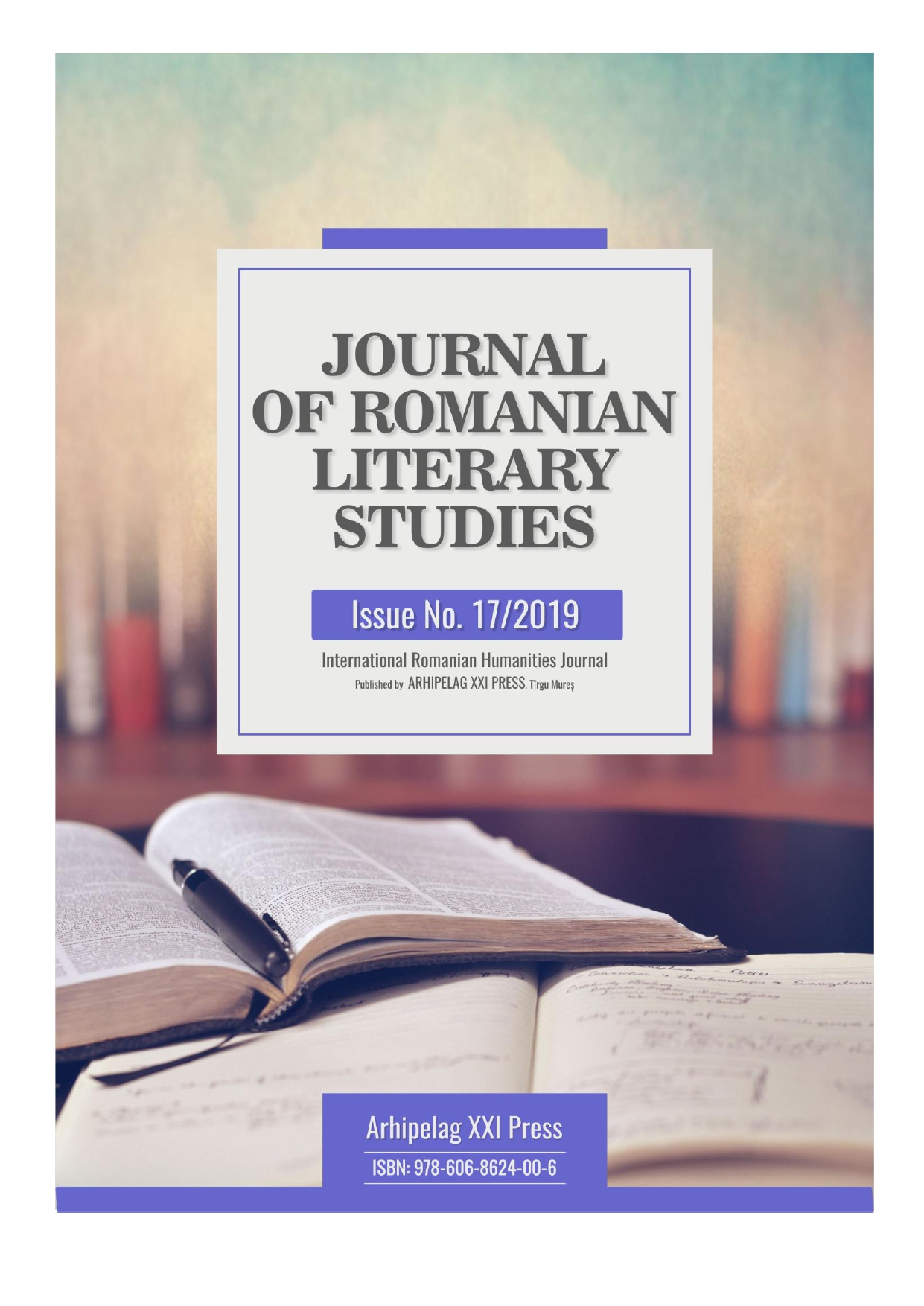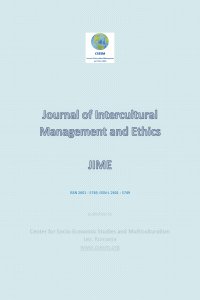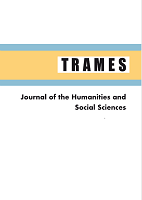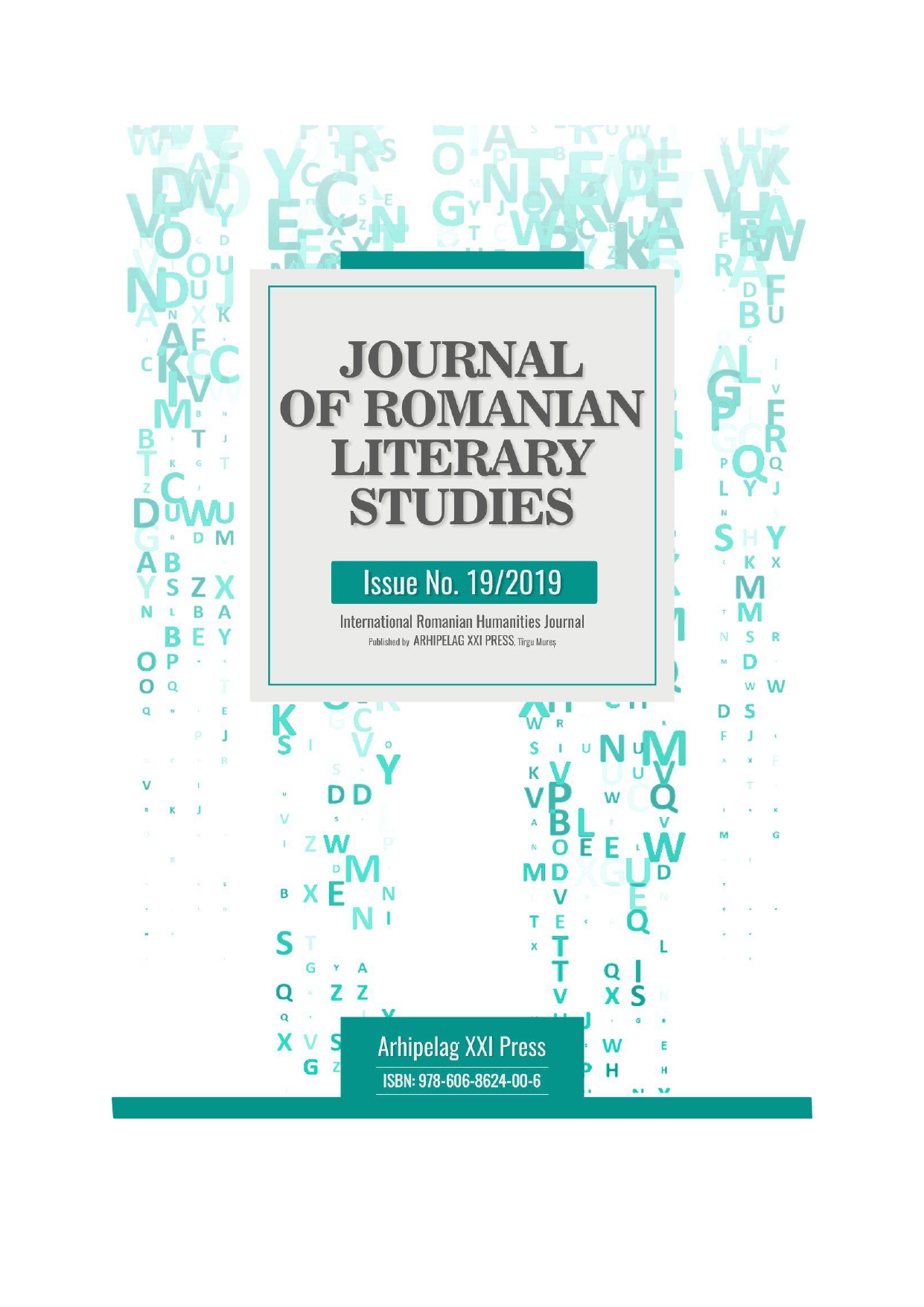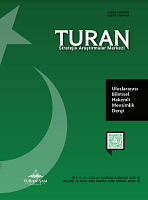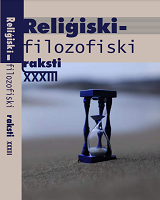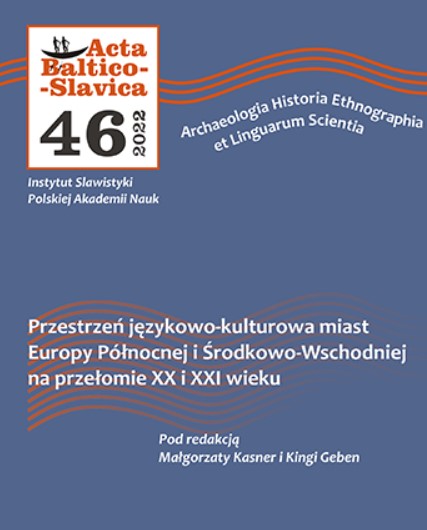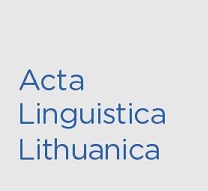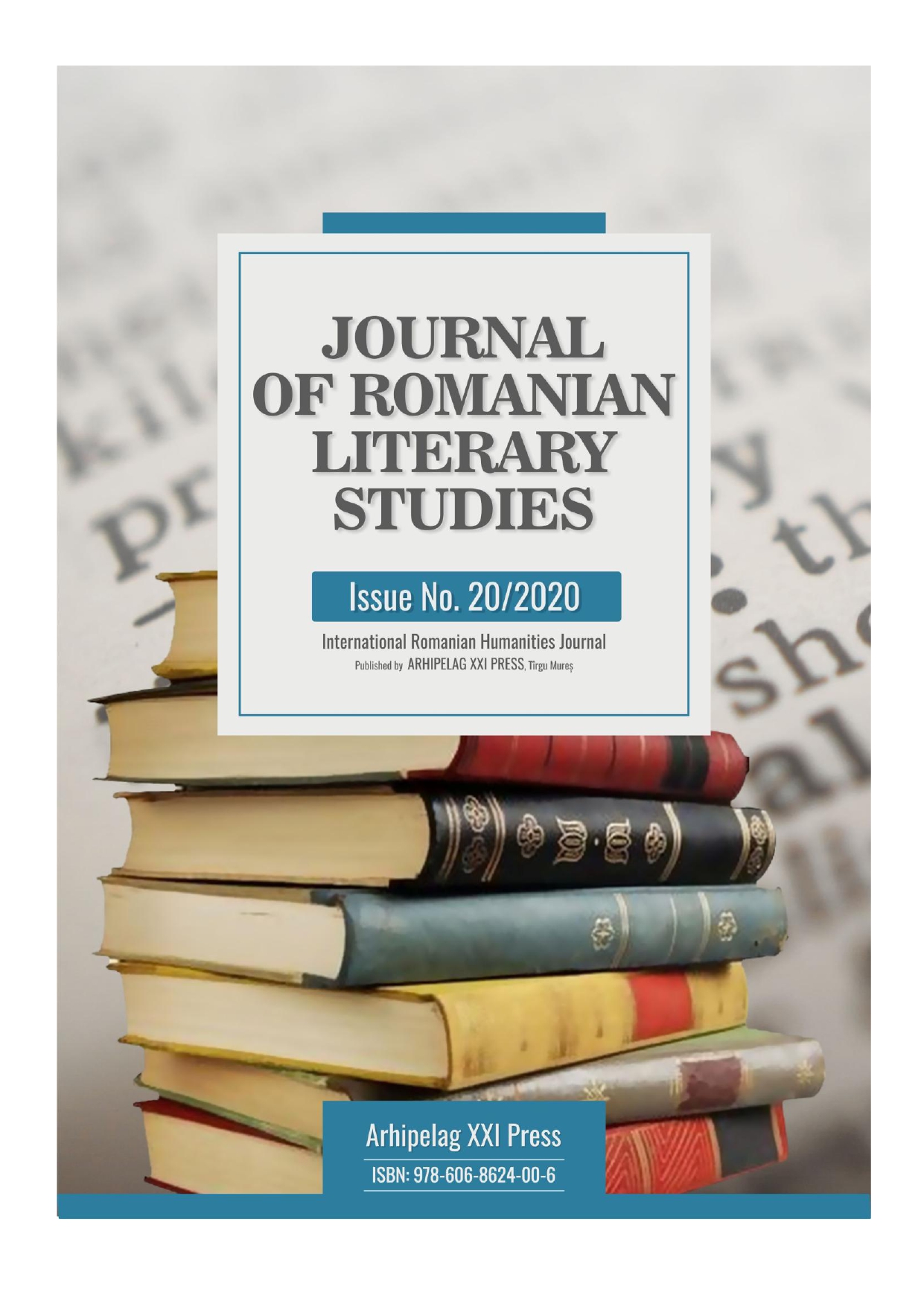Author(s): Liudmyla Hrytsyk / Language(s): Georgian
Issue: 2/2021
Among many methodologies of comparative studies of the XX-XXI centuries increasing attention is attracted due to the study of the current literary process: "although formulated literary conventions separate the changes in the literary process, - notes I. Ratiani, - to describe the reasons that cause these changes, they are not enough". Hence, the urgent need to approve those, which, according to the author, would contribute to the expansion of the boundaries of literary discourse. The above is the most relevant for the specified period. Until recently, the cultural transfer in connection with comparative studios in Ukraine was almost undiscussed. However, activated in the Ukrainian studies the concepts of M.Espagne, A.Lefevere, D.Demresh, S.Bassnett noticeably diversified the field of comparative studies (for example, G.Syvachenko, L.Kolomiets). Among the factors that changed the nature of literary discourse diversifying its contest components was literary translation, the reading of which in the context of the recipient literature acquired new dimensions when, as scientists observed, the perception / comprehension of a particular phenomenon was defined as "the position of vision from the inside" (I.Ratiani, P.Toper, S.Bassnett). During different periods of the development of the Ukrainian-Georgian dialogue, literary translation was in the focus of the researchers as one of the most active components - from I.Franko, M.Drahomanov, T.Shevchenko, Lesya Ukrainka, A.Krymsky - to M.Bazhan, P.Tychyna, M.Rylsky. At the same time, attention was focused on the so-called external (according to D. Durishin) functions (for example, studies by G.Namoradze, O.Novitsky, O.Sinichenko, from the Georgian side - L.Khatiashvili, S.Khundadze, O.Bakanidze). The emergence of Ukrainianists in Georgia (R.Khvedelidze, N.Verzadze, A.Asatiani, G.Kvantaliani) and cartvelologists in Ukraine (R.Chilachava, S.Zholob, G.Khalymonenko, L.Hrytsyk) made significant changes in the approaches to studying literary translation and its functions. If in the 60 -70 years of the XX century the focus was primarily on the principles of the selection of texts for translation in order to expand the field of Ukrainian literature, then in the next 70-80 years, it focuses on problems of equivalent translation, preservation of the national specificity of the original, reflection of the author's individuality, etc. The active development of the theory and practice of literary translation (G.Gachechiladze, V.Koptilov, P.Toper, A.Fedorov, E.Etkind, ed. "Mastery of literary translation") stimulated such approaches to comparative reading of works (R.Chilachava, N.Verzadze, R.Khvedelidze, N.Naskidashvili, I.Mcheladze, O.Dyn). At the end of the XX - beginning of the XXI century in the Ukrainian-Georgian translation, as well as in the literary translation in general, accents are shifted. Interdisciplinary comparative studies of translations gave grounds to talk about the prospect of such studies, especially "based on the widest possible interpretation of the notion of translation" (V.Bahno); literary translation is regarded as an indispensable component, a "prerequisite" (R.Geybullayeva) for interpreting literature as a "phenomenon" of the recipient literature (P.Toper). The issue of the status of literary translation in the system of literature receiver, the translation conventions (S.Bassnett), problems of sociology and psychology of literature (U.Weisstein), cultural studies (S.Bassnett, G.Syvachenko) with the emphasis on translated literature "as an integral system that is in integral relations with the original literature" (G.Syvachenko) comes to the fore. The object of research and the tasks lead to the widespread use of new methodologies, in particular cultural transfer. A vivid example here is the reading of the Russian translation of "The Knight in the Tiger Skin" by E. Malanyuk in the broad context of One’s Own / Other, East / West, traditions and innovations, etc., or the work on translation of the poem by Sh.Rustaveli in the context of the socio-cultural atmosphere of the 30's years in Ukraine, or the work of P.Tychyna on the poem of 1937. "D.Guramishvili reads G.Skovoroda "The Knight in the Tiger Skin", numerous translations of M.Javakhishvili by T.Namoradze. On this model of reception of a stranger as the object of study of comparative literature emphasizes U.Weisstein. This model allows us to show through the prism of literary translation the process of formation of literature, the typological convergence of one's own/ other, similar / comparable as stimulus / need for translation, while emphasizing both the "transfer zones" (M.Espagne) and their performers (G.Syvachenko). In terms of such approaches to the study of "connecting" material, it is the literary and historical reading of literary translation in the Ukrainian-Georgian discourse of the XX - beginning of the XXI century, which, as U.Weisstein argues, "places each work in the environment appropriate to it and on this ground explains". The material for the development of these ideas were the translations of M.Javakhishvili’s prose and Georgian poetry, translated by M.Derzhavin in emigration.
More...
